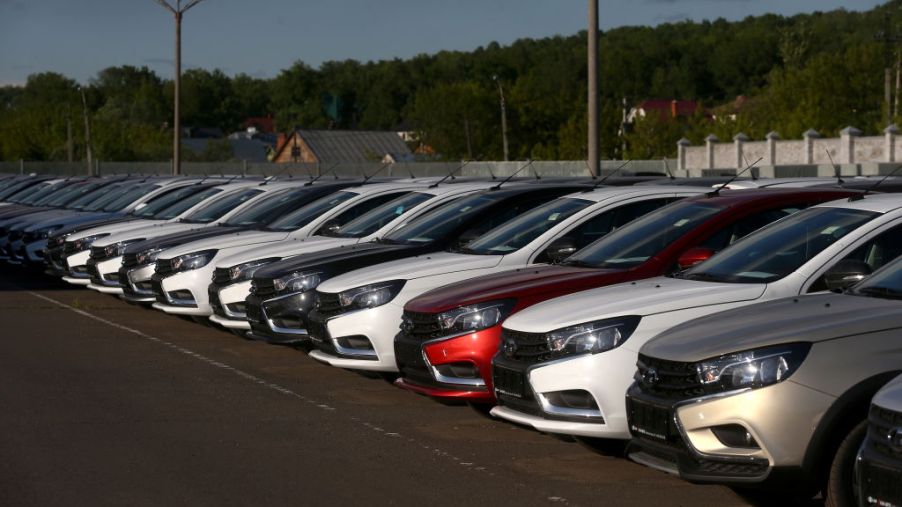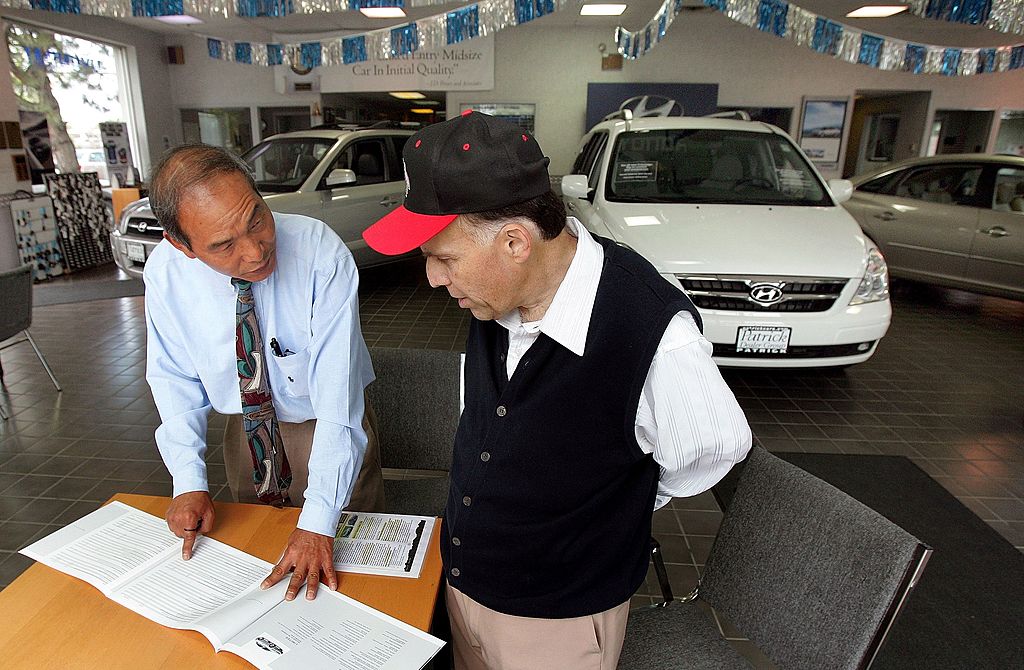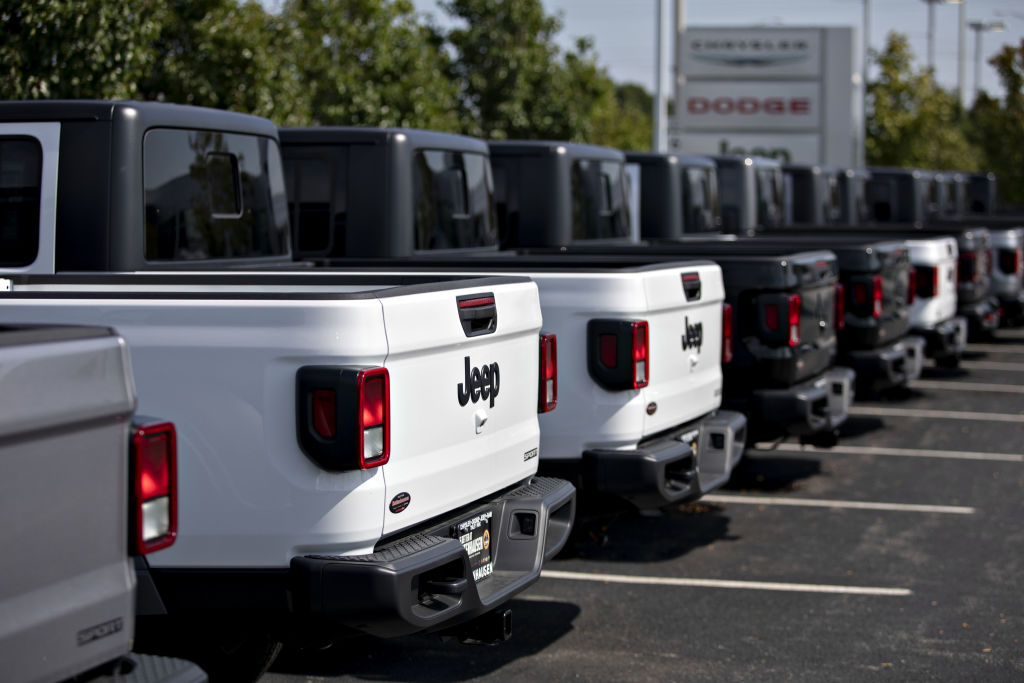
Do Dealers Make More of a Profit When You Lease a Car?
Leasing a car is always more attractive to a customer than financing mainly due to the appeal of having lower monthly payments. Leasing also typically means that a customer can afford much more of a car than they originally bargained for, so at the end of the day, it’s a win-win situation as they will get more car for seemingly less money. But how about the dealer? Does leasing put more money in the dealer’s pocket as well?
Lease deals are easier to sell
In a word, yes. But in more words, leasing is attractive to the dealer even more so than the customer because lease deals are much easier to sell. When you lease a car, you’re not paying for the total price of the car like you do when financing. For example, a typical car lease is for 36 months, and when you lease a car, you’re only paying for the residual amount that the car is worth for those three years that you have it.
So technically, you’re only paying for part of the car, as opposed to paying for the whole amount if you were to finance it. That being said, lease payments are typically much lower than their financing payment counterparts and lease deals don’t require as much money down. Again, this is a win for a customer, but it’s an even bigger win for the dealer when it comes to getting the customer to drive home with a new car.

Lease interest rates are easier to mark up
When dealers work up the lease deals, they typically hide the money factor (interest rate) from the customer, so it’s easy to mark it up or increase it, unbeknownst to the customer. While you might consider it shady business, in actuality, it’s not illegal for a dealer to hide a money factor rate, and of course, you can always ask them for it, but most customers don’t.
What happens is that after the dealer checks your credit and comes back with the final numbers, they usually add a percentage point or so to the money factor, which means a little more profit on the deal for them as they are able to make money on the extra yield, according to Zacks. This, in turn, is easy to hide in the monthly payments because the lease payments are so low to begin with, and marking it up a little doesn’t tack on that much to the payment. Our advice is to always ask the dealer what the money factor is and when they tell you, multiply that number by 2,400 in order to get the equivalent APR percentage rate.
For example:
A money factor of 0.00125 x 2400 = 3% (APR equivalent)

It’s easier to get approved for a lease
When it comes to selling a lease deal, it’s usually easier for the dealer to get the customer approved. While it’s still advisable that you should purchase a car with the best credit possible, not every customer has good credit. Fortunately for them, banks and lenders typically see a lease deal as them not lending 100 percent of the car’s value, so it makes sense for them to approve almost anyone with at least a decent income and credit rating. As you can imagine, this means more lease deals, in general, for the dealer, which means more money for them as well.

Leasing creates repeat business for the dealer
And lastly, the more cars that a dealer leases out, the better it is for them in the long run due to the higher likelihood of repeat business. For example, if you lease a car for 36 months and return to the dealer when it’s up, they will likely offer you a good deal to trade it in and lease a newer model. And in that case, the cycle starts all over again, which makes the dealer more money.



